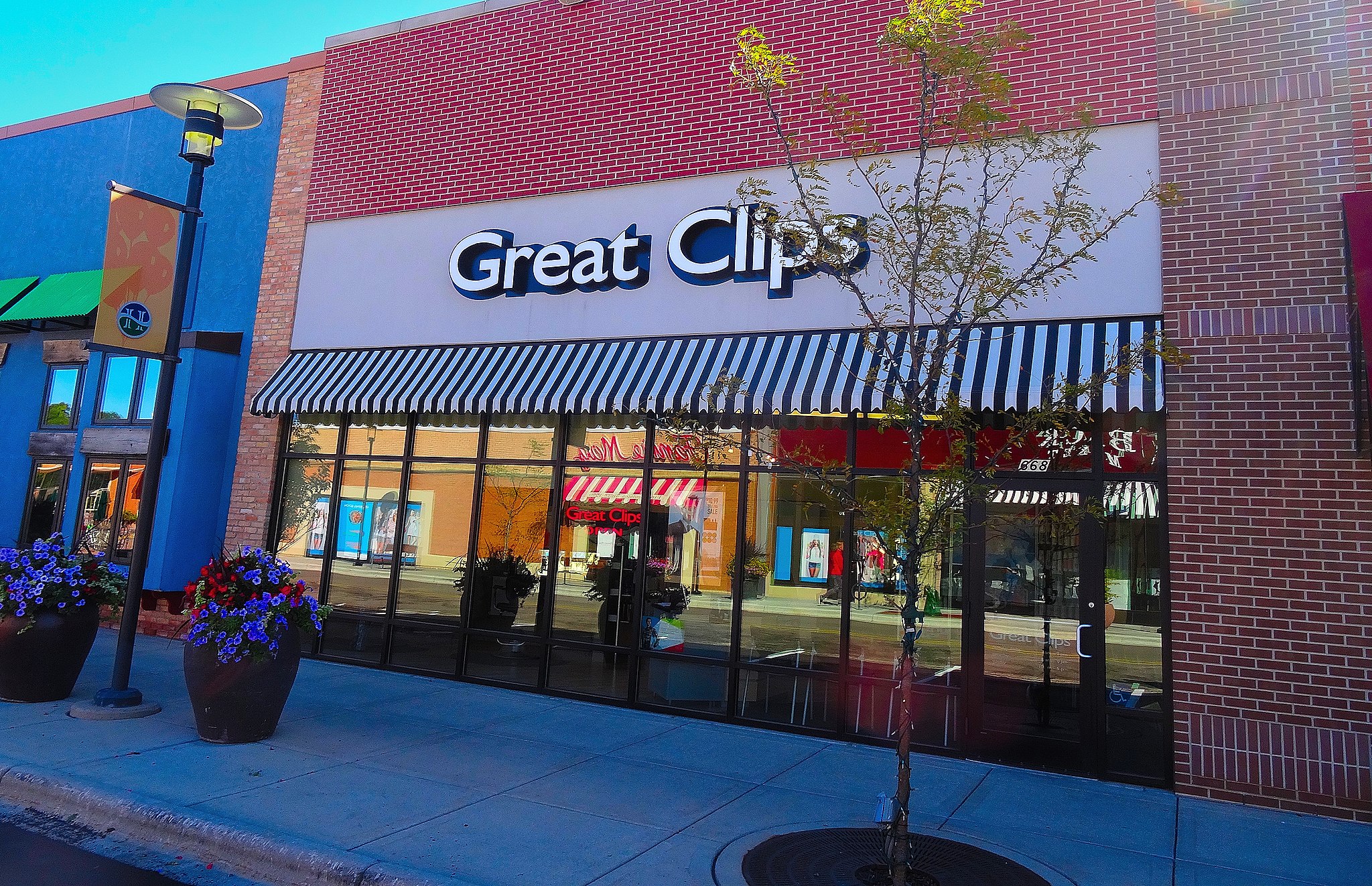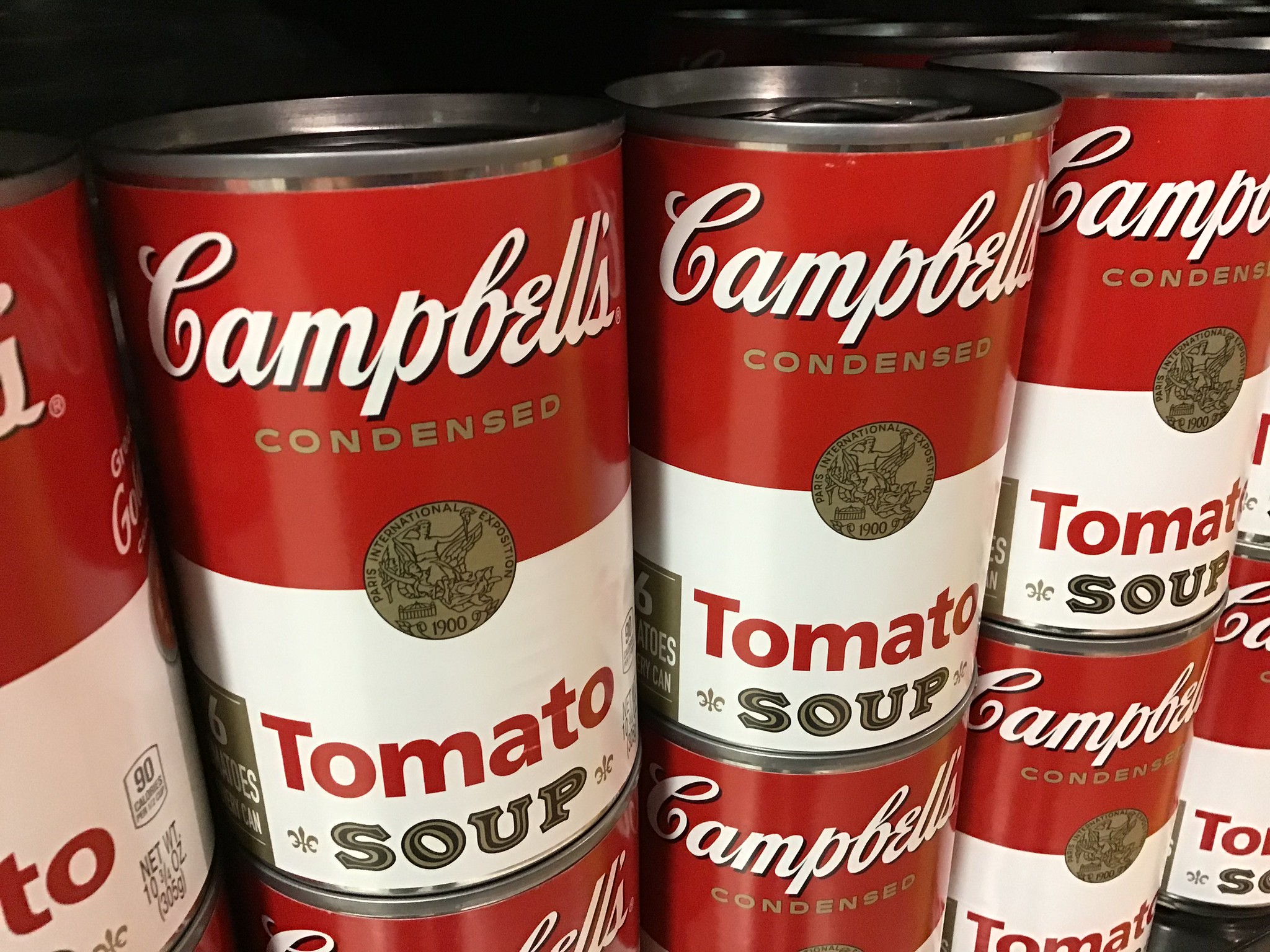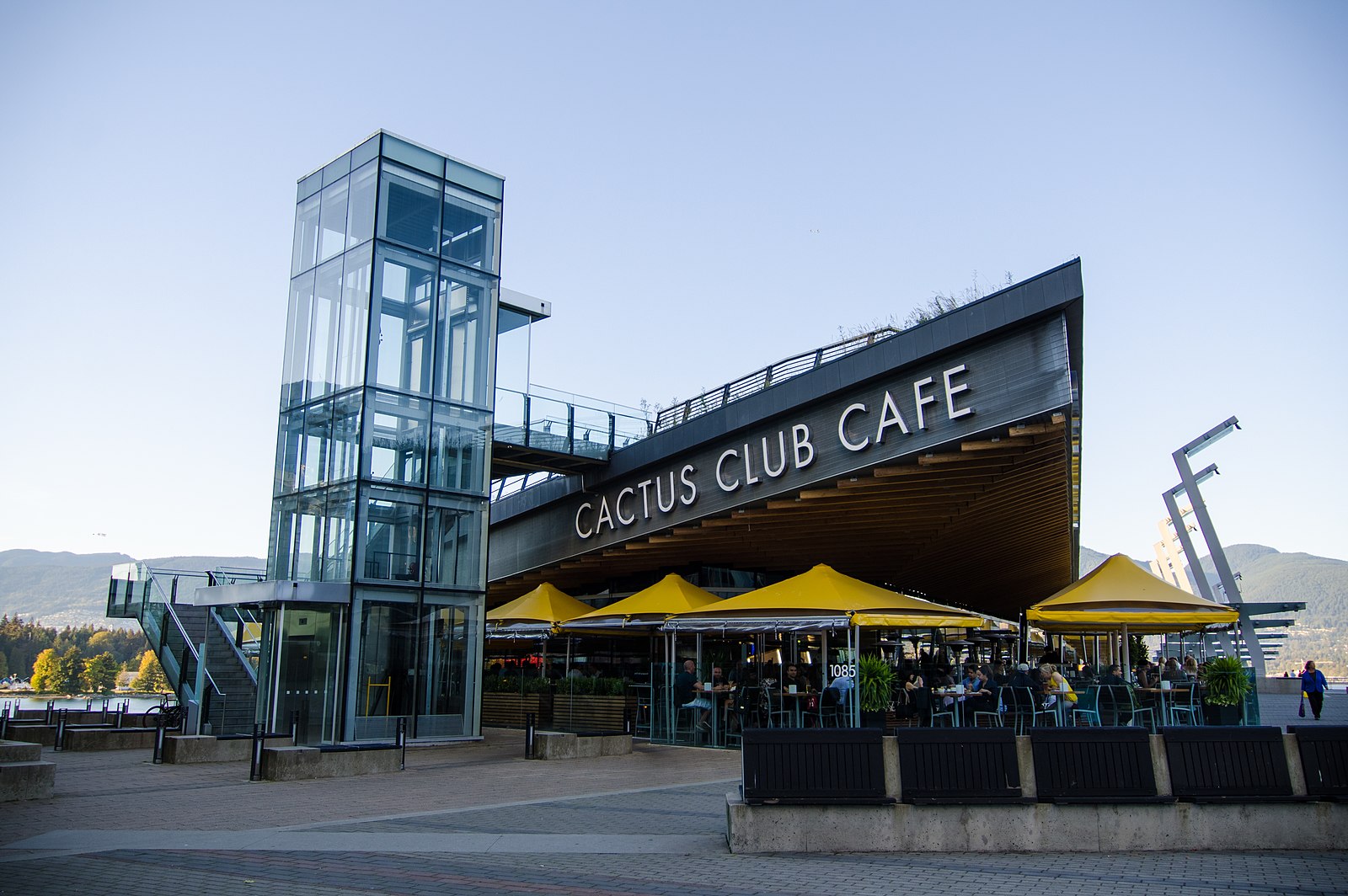Chapter 7: Product
7.1 What is a Product or Service?
Learning Objectives
- Explain, from both a product-dominant and a service-dominant approach, the mix of components that compose different types of offerings.
- Distinguish between product mix and product lines.
People buy things to solve needs. In the case of the Apple Watch, the need is to have better access to your phone, track your health, or both. Products and services are designed to deliver value to customers—either to fulfill their needs, satisfy their “wants,” or both.
Products (Goods) and Services
A product is a tangible good people can buy, sell, and own. Purchasing an Apple Watch, for example, will allow you to monitor your notifications, make calls, send texts, run apps, and help keep you healthy. Apple Pay on the watch is an example of a feature, and this feature delivers a benefit to you—the benefit of making purchases easily. When a feature satisfies a need or want, then there is a benefit. Features and benefits, then, matter differently to different consumers based on each individual’s needs.
A service is an action that provides a buyer with an intangible benefit. A haircut is a service. When you purchase a haircut, it’s not something you can hold, give to another person, or resell. “Pure” services are offerings that don’t have any tangible characteristics associated with them. Skydiving is an example of a pure service. You are left with nothing after the jump but the memory of it (unless you buy a photo of the event). Yes, a plane is required, and it is certainly tangible. But it isn’t the product—the jump is. At times, people use the term “product” to mean an offering that’s either tangible or intangible. Banks, for example, often advertise specific types of loans, or financial “products,” they offer consumers. Yet these products are actually financial services. The term “product” is frequently used to describe an offering of either a good or a service.
Characteristics of Services
Intangible
The intangibility of a service means it cannot be touched, tasted or seen. When you take a flight, you can see the airplane, but the actual flight to your destination cannot be seen, tasted, felt, heard, or smelled before you depart.
Variable
The intangibility of a service creates interesting challenges for marketers and buyers when they try to judge the relative merits of one service over another. For example, judging how good a hair stylist is before the haircut is difficult. Thus, services can suffer from high variability in quality due to the fact that they are often created as they are received.
Inseparable
Services usually also require the consumer to be physically present or involved. A haircut, a night in a hotel, a flight all require the consumer to be physically present, and consumption of the service is not separate from the creation of the service. Unlike a physical product, which can be created and purchased off a shelf, a service often (but not always) involves the consumer in its creation.
Perishable
Another challenge for many services providers is that services are perishable; they can’t be stored. A night at a hotel or a seat at a concert, for example, can’t be saved and sold later. If it isn’t sold that day, it is lost forever. Services have difficult management and marketing challenges because of their intangibility.

Many tangible products can also have intangible service components attached to them. For example, when you buy an iPhone or any Apple-branded product, you get a one-year warranty if anything goes wrong with it.

What services do you get when you purchase a can of soup? You might think that a can of soup is as close to a “pure” product devoid of services that you can get. But think for a moment about your choices in terms of how to purchase the can of soup. You can buy it at a convenience store, a grocery store like Safeway, or online. Your choice of how to get it is a function of the product’s intangible service benefits, such as the way you are able to shop for it.

The Product-Service Continuum
Marketers may observe the relative goods/services mix of overall products using the goods and services continuum. The location of a product on the continuum, in turn, aids marketers in identifying opportunities. Products without any corresponding services are positioned at one end of the continuum designated as pure products. Services that are completely unrelated to actual products fall under the opposite end of pure services. Products that combine both products and services fall somewhere in the middle. Air conditioners, for instance, fall within the purer category of goods since they need additional services like delivery and installation. Car repair is one example of a product that involves the selling of both commodities and services. Taxis and ride sharing apps would be situated toward pure services.

Properties of the Product

Using a bicycle as an example, the core product is a method of transport. Surrounding it are the colour, the brand and accessories, all of which are called the actual product. Surrounding that is the augmented product, such as the assembly, warranty, and repair. Together, these make up the complete product.
Product Mix and Product Lines
Few firms survive by selling only one product. Most firms sell several offerings designed to work together to satisfy a broad range of customers’ needs and desires. Product mix refers to the entire assortment of products a firm offers. A product line is a group of related offerings. Product lines are created to make marketing strategies more efficient. Campbell’s condensed soups, for example, are basic soups sold in cans with red labels. But Campbell’s Chunky is a ready-to-eat soup sold in cans that are labelled differently. Most consumers expect there to be differences between Campbell’s red-label chicken soup and Chunky chicken soup, even though they are both made by the same company.

A product line can be broad, as in the case of Campbell’s condensed soup line, which consists of several dozen different flavours. Or, a product line can be narrow, as in the case of Apple’s iPad line, which consists of only six models. How many offerings there are in a single product line—that is, whether the product line is broad or narrow—is called line depth. When new but similar products are added to the product line, it is called a line extension. If Apple introduces a new tablet to the iPad family, that would be a line extension. Companies can also offer many different product lines. Line breadth (or width) is a function of how many different, or distinct, product lines a company has. For example, Campbell’s has a Chunky soup line, condensed soup line, Lower Sodium soup line, and a number of non-soup lines like Pace Picante sauces, Prego Italian sauces, and crackers.
Key Takeaways
Companies market offerings composed of a combination of tangible and intangible characteristics for certain prices. The service-dominant perspective to marketing integrates three different dimensions of an offering—not only the product but also its price and the services associated with it. This perspective helps marketers think more like their customers, which helps firms add value to their offerings. An offering is based on a technology platform, which can be used to create a product line. A product line is a group of similar offerings. A product line can be deep (many offerings of a similar type) and/or broad (offerings that are very different from one another and cover a wide range of customers’ needs). The entire assortment of products that a company offers is called the product mix.
Review and Reflect
- How do the product-dominant and service-dominant approaches to marketing differ?
- How are services different from products?
- What is the difference between product depth and product breadth?
Media Attributions
- Skydive SWOOP, Dundas, On © Arbana/ë ll. is licensed under a CC BY-NC-ND (Attribution NonCommercial NoDerivatives) license
- Great_Clips® © Corey Coyle is licensed under a CC BY (Attribution) license
- Campbell’s Tomato Soup © Mike Mozart is licensed under a CC BY (Attribution) license
- Cactus Club Cafe © Jeff Hitchcock is licensed under a CC BY (Attribution) license
a tangible good people can buy, sell, and own
delivers a benefit
when a feature satisfies a need or want that a customer has (what does the customer get out of using the product)
an action that provides a buyer with an intangible benefit
the central functional offering
features that surround the core product
features that surround the actual product
the entire assortment of products a firm offers
a group of related offerings
how many offerings there are in a single product line
when new but similar products are added to the product line
how many different, or distinct, product lines a company has

